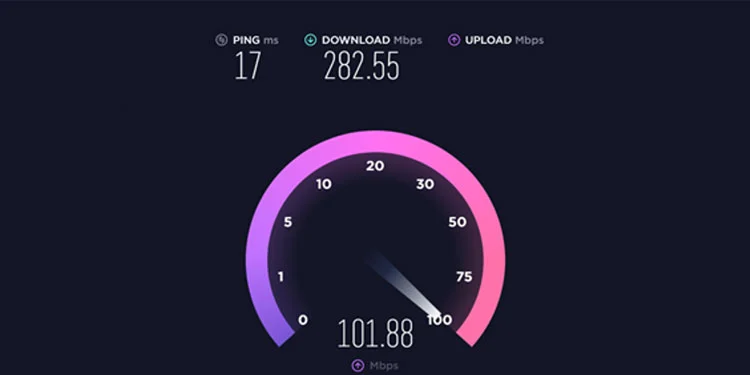A Local Area Network (LAN), as the name implies, is a group of devices linked together in a local network. A LAN allows for high-speed communication and resource sharing between the computers in the network through technologies such as Ethernet or Wi-Fi.
A Wide Area Network (WAN), to put it simply, is a collection of networks. WANs are implemented using technologies like optical fiber and are used to connect LANs and other networks over large areas such as cities, countries, or even the world.
The implementation of LAN and WAN, their applications and use cases, and the various advantages each offer differ quite a lot. We’ll take a look at some of these differences in this article.

As stated, a LAN connects devices in a local setting in a variety of topologies (e.g., Mesh). With just two computers, simplylinking them with an Ethernet cableforms a local network, while a switch is typically used to connect multiple devices. Wireless LAN (WLAN) is also very popular these days in the form of Wi-Fi.
The aforementioned LAN setups are commonly seen in settings such as homes, schools, small offices, and public spaces like cafes or libraries in the form of peer-to-peer LANs.
In an enterprise setting with large networks comprising hundreds to thousands of devices, multiple switches and routers are used for efficient data transmission. These client devices are connected to one or multiple servers in a client-server form. Virtual LANs or VLANs (not the same as subnets) are also used to split up a network for better network management.

A WAN is basically a network of networks that spans a large area, with the internet being the largest example. WANs are typically used by businesses or government bodies for data transmission across long distances.
Unlike Ethernet or Wi-Fi, whose transmission is limited to under a hundred meters, WANs use technologies like leased telecom lines or optical fibers to form network links over thousands of kilometers or more.
WAN vs LAN – Main Differences
The most noticeable difference between WAN and LAN is the distance they cover, as we’ve already discussed. But aside from that, here are some other major differences that are worth discussing in detail:

A wired LAN is typically set up using Ethernet cables (IEEE 802.3) and switches, while additional switches and routers are used if required for larger LANs. Wireless LANs are mostly set up in the form of Wi-Fi (IEEE 802.11).
As LAN cables are designed for use in proximal locations, using them to connect two networks over long distances wouldn’t make much sense. Instead, optical fibers or telecom circuits, in combination with multiple routers and switches, are used to link the networks to form a WAN.
Such WAN infrastructure can be privately owned or leased. A direct fiber optic link, especially if privately owned, is costly to set up and maintain but provides the best performance and security. Instead of a dedicated line, a private WAN can also be set up over the internet, but you’ll need to use a VPN for secure remote access.

Comparing the data transfer rate of LANs and WANs is a bit impractical, as it ultimately depends on the equipment used. Generally speaking, LANs have the speed advantage as data has to travel over significantly lesser distances. But there will be certain cases where WAN outperforms LAN (for instance, direct Fiber link between a WAN’s sites).
LANs aren’t immune to threats, but they are still comparatively more secure, especially if theLAN isn’t connected to the internet. Even if the LAN has internet access, it’s typically through a central router which makes things like port management easier. If VLANs are used, narrowing down issues and vulnerabilities in the LAN is made even easier.

